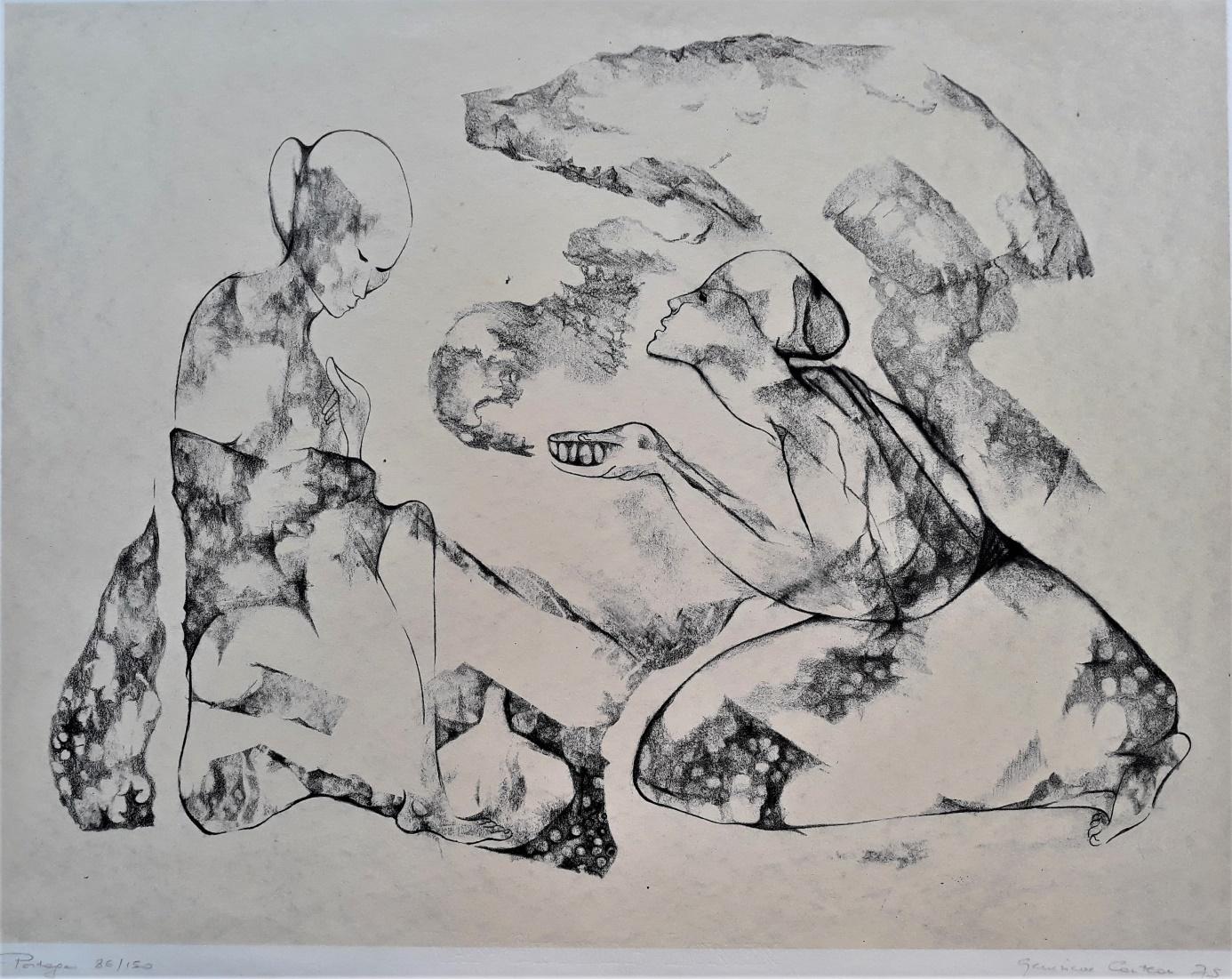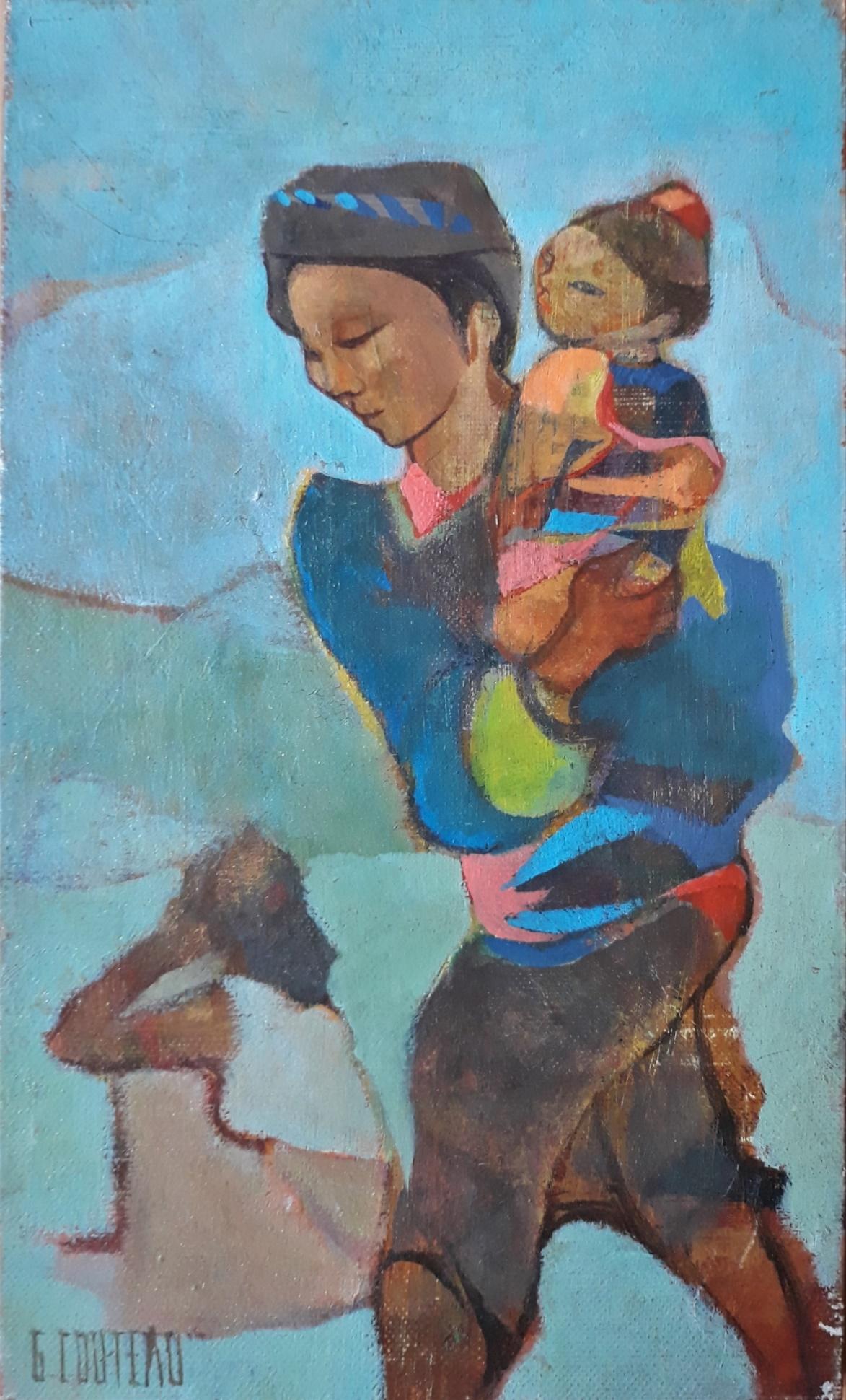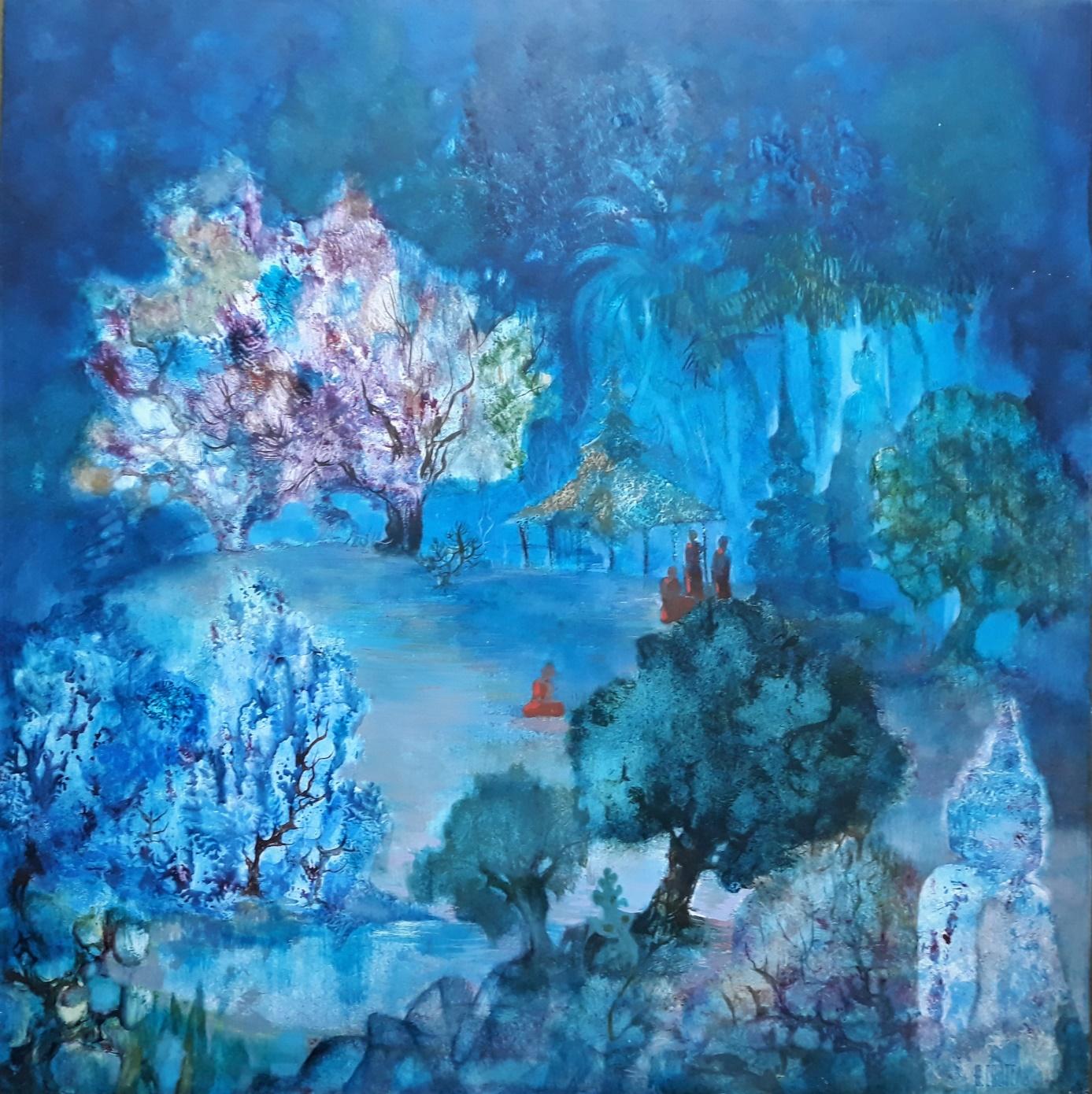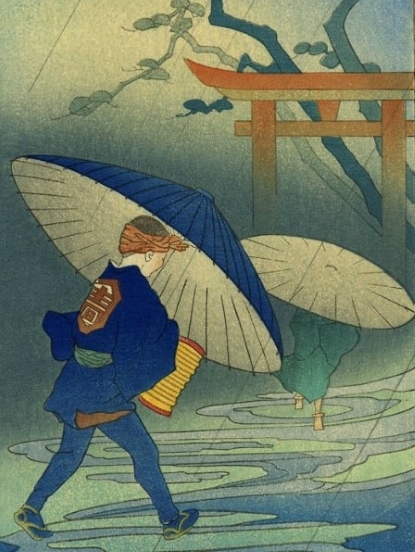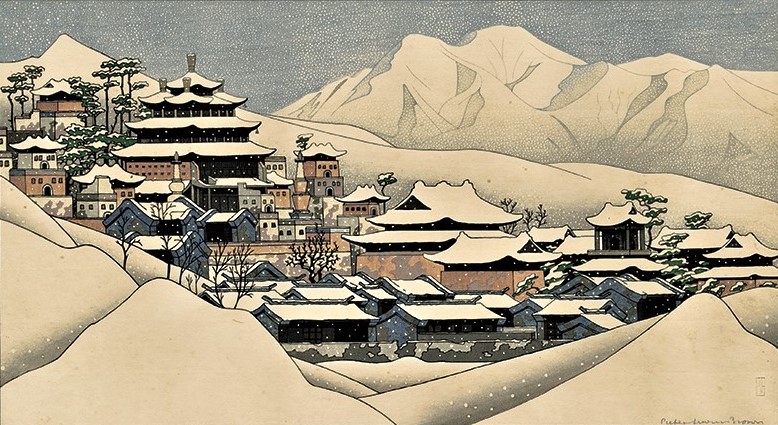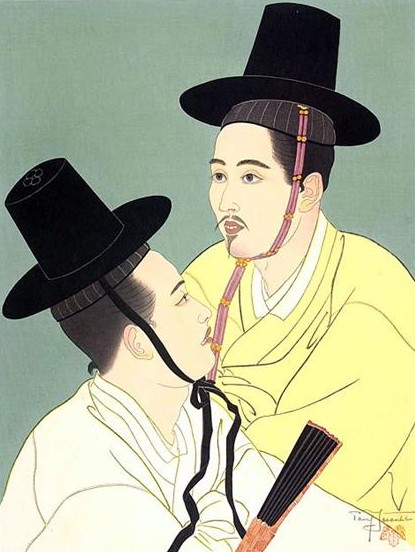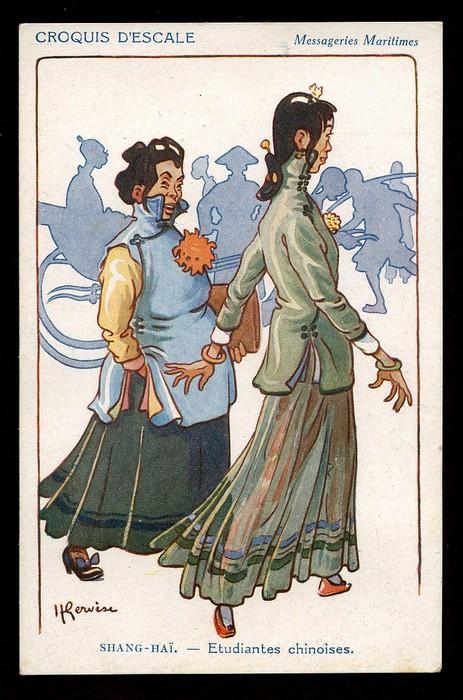CHARLES WIRGMAN (1832-1891)
Charles Wirgman is a pioneer of the Far Eastern movement. Arriving in Japan in 1861, he lived there until his death thirty years later. He was first and foremost an illustrator, correspondent for London newspapers and creator of the first Japanese magazine, Japan Punch. He is with Georges Bigot the first to present, often in the form of caricatures, the daily life of the Japanese in the first decades of the Meiji era. He was also a sensitive portrait and landscape artist.
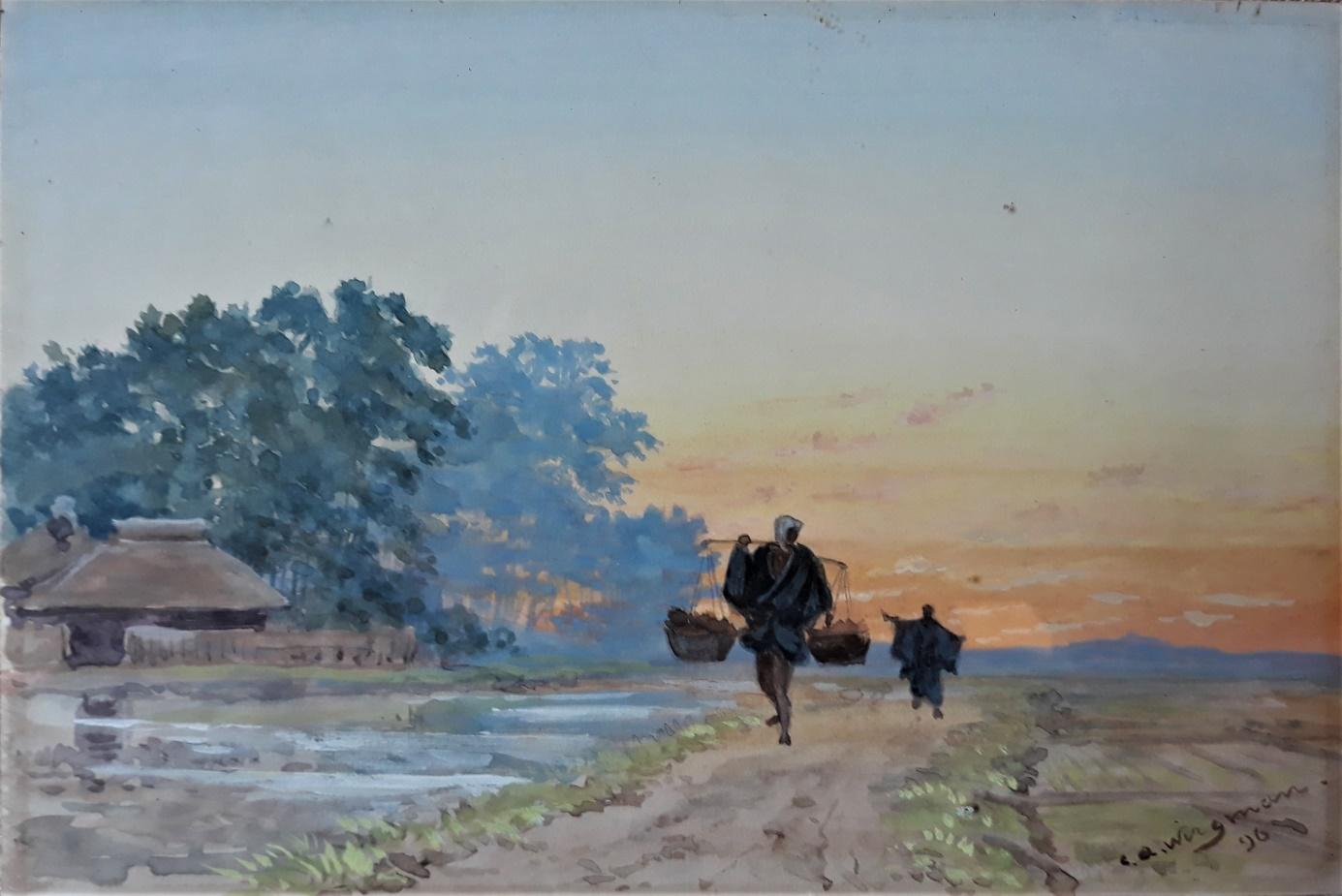
FÉLIX RÉGAMEY (1844-1907)
After an early career devoted to illustration, he accompanied the industrialist Émile Guimet on a long journey to the Far East in 1876/1877. The latter had the project to acquire a large number of artistic objects which were the basis of the Museum which bears his name in Paris. For his part, Félix Régamey was in charge of drawing sketches of scenes and portraits that he would take up again on his return to Paris for many years, feeding the current of Japonism of which he was a constant leader in France.
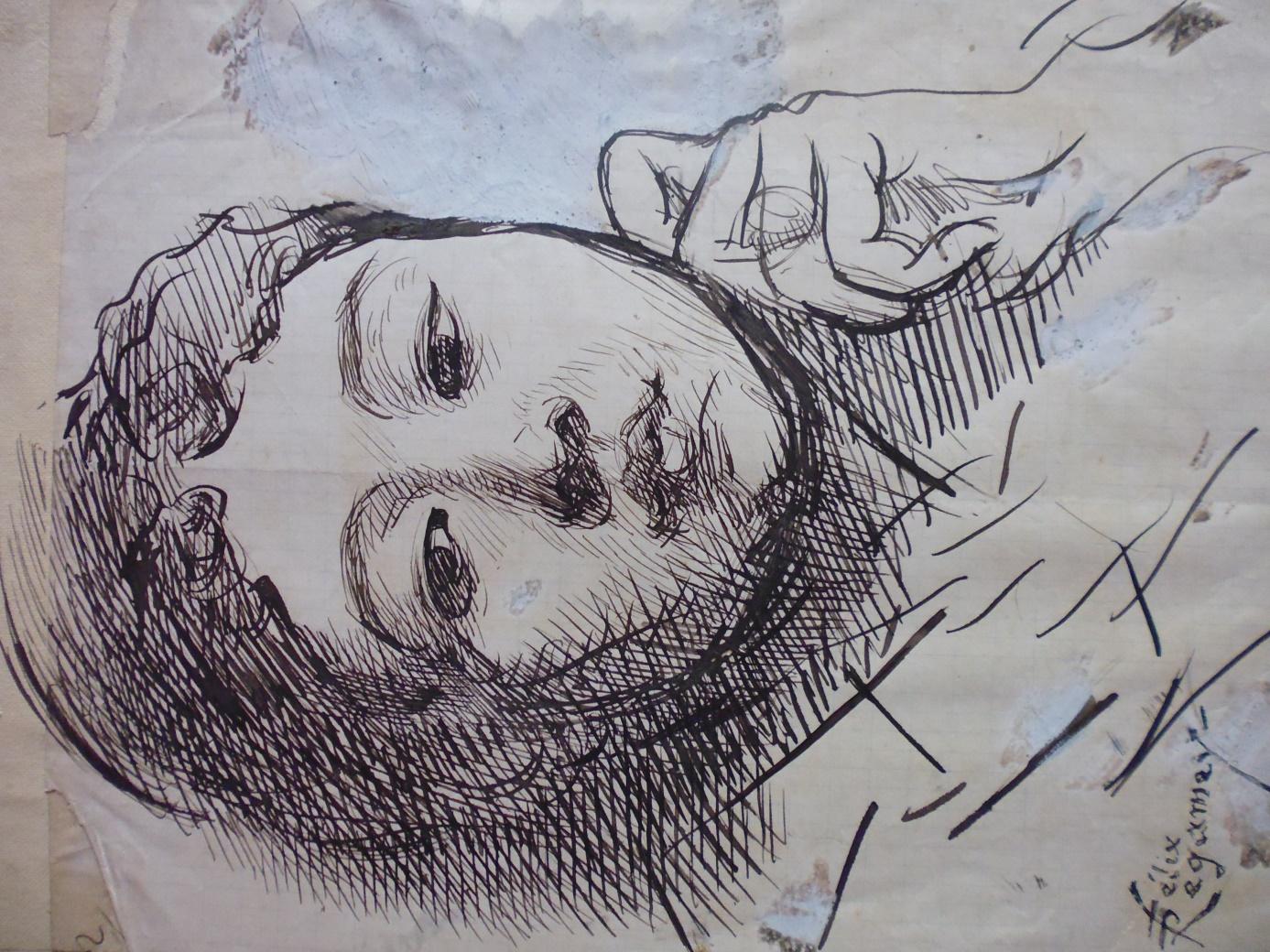

LOUIS SABATTIER (1863-1935)
Ardechois of Annonay, Louis Rémy Sabattier trained at the Beaux-Arts in Saint-Étienne before joining the Jullian Academy in Paris and becoming one of the students of Jean-Léon Gérôme. In 1895, he became a faithful cartoonist for the great French weekly of the time, L’Illustration. It is in this capacity that he made several trips to Asia, notably to Tonkin and China, and brought back many drawings and a few paintings that made the Far East known to the general public.

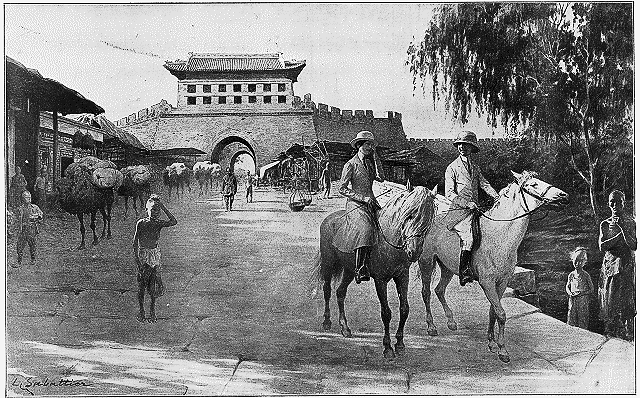
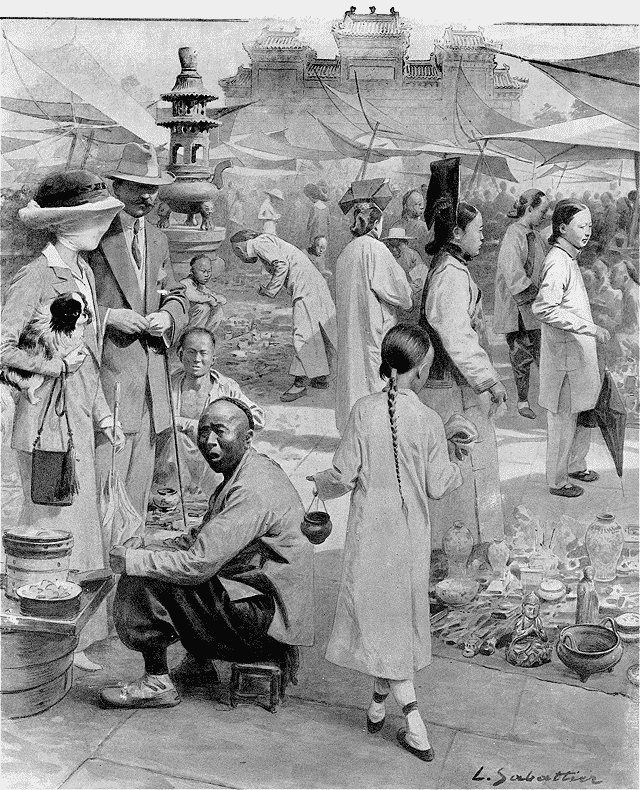
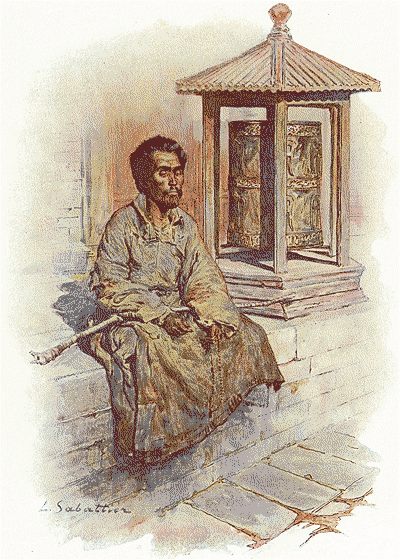


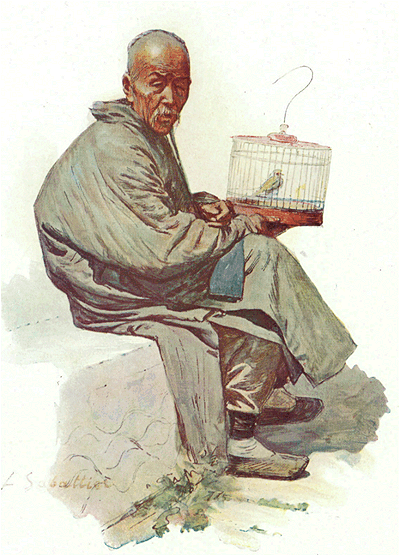


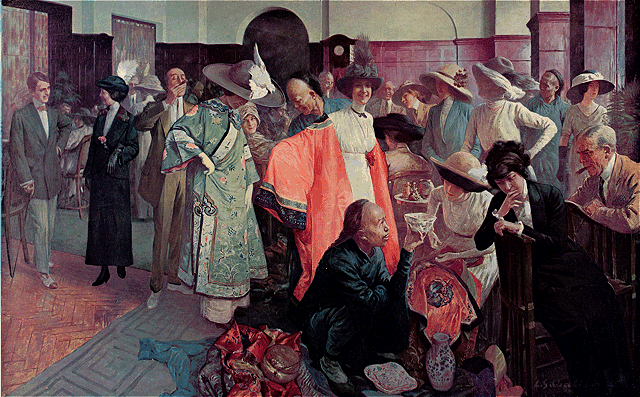
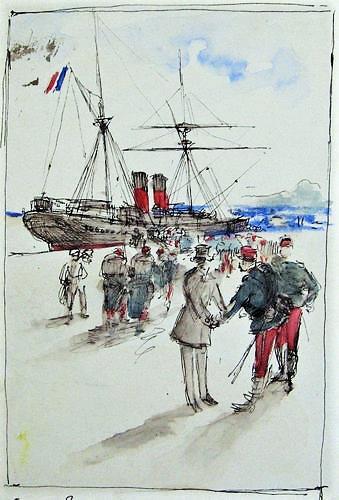
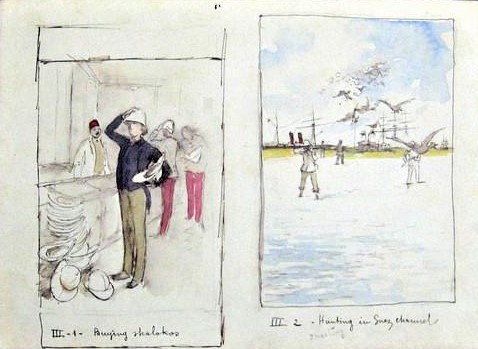
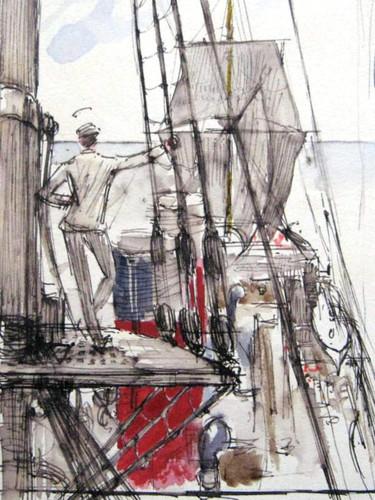
HIROSHI YOSHIDA (1876-1950)
The Yoshidas form four generations of painter-engravers, Hiroshi being part of the second. He was the main actor in the revival of Ukiyo-e and the Shin-hanga movement, initially working with Watanabe Shozaburo and later founding his own firm. He had a particularity in the world of Ukiyo-e : while remaining deeply steeped in national traditions, he traveled a lot unlike other Japanese painters and was very quickly influenced by Western painting. This bipolarity partly explains its international success. This is also the reason for its paradoxical presence in this review, which a priori deals only with Western artists. I considered that his gaze on foreign countries – the West or continental Asia, landscapes or everyday scenes to which he devoted many works – was part of an approach similar to that which motivated our Western painters when they landed in Far East at the beginning of the 20th century. Some of his works on China have been selected below (even this country very close to Japan was rarely painted by Japanese artists of the time). He made his first stay in China in 1936 and then spent two years there from 1938 to 1940 as a war correspondent.
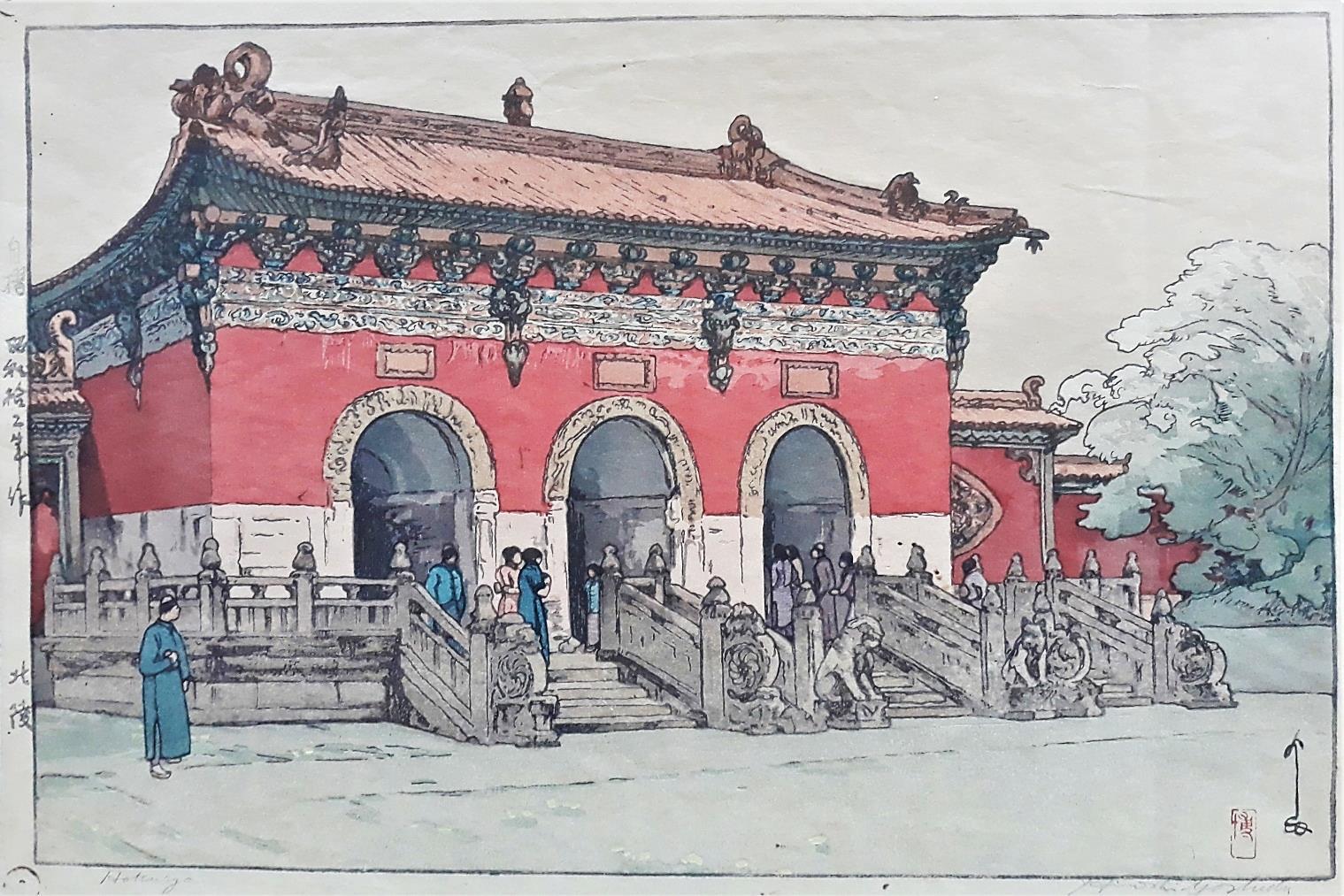
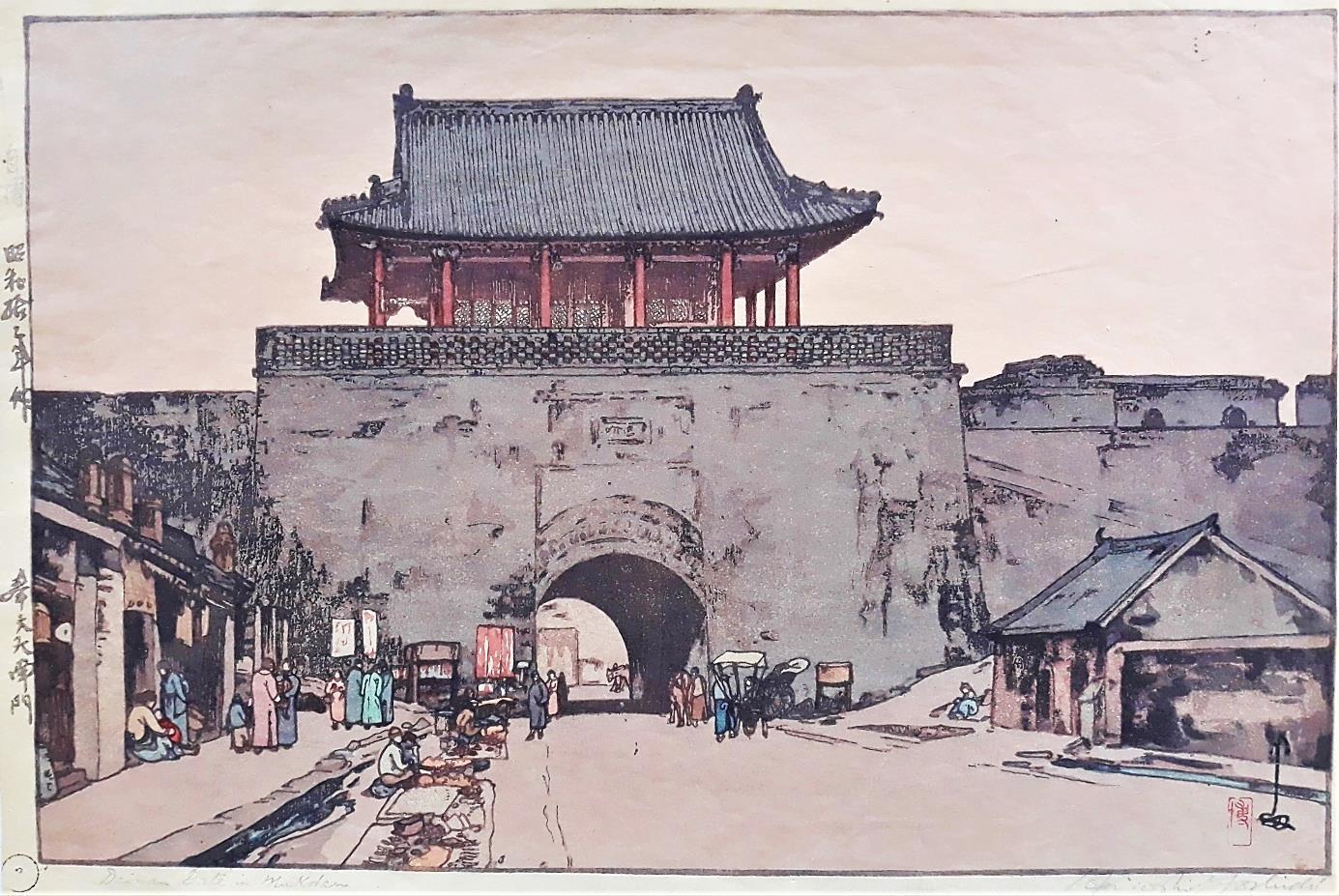


DAN SAYRE GROSBECK (1878-1950)
Daniel (Dan) Sayre Grosbeck features in this review in part because of the mystery surrounding him. His biography remains poorly documented and his memory remains above all thanks to his "Hollywood" period between the two wars. He was indeed the assistant of several famous directors (including his personal friend Cecil B. DeMille) by being responsible for the sets, costumes and drawings necessary for the creation or distribution of films. He was also a painter of astonishing and singular wall frescoes for institutions in the city of Santa Barbara in California. However, Dan Sayre Grosbeck had also a parallel life of little-known adventures which clearly inspired all his work as a painter. Some sources see him in 1905 as a war correspondent for American newspapers when Russia and Japan clashed ; we know that he enlisted in the Canadian army to participate in the Second World War in Europe and that he traveled through Russia in detachments of the White Army against the Reds. If his work in Hollywood stabilized his life, he nevertheless continued his travels, particularly in China, sometimes for the preparation of sets and costumes for films such as Lost Horizon and The Good Earth in 1937. He is notably the author of striking portraits of colourful Tibetans which are reminiscent of those made by Léa Lafugie at the same time.
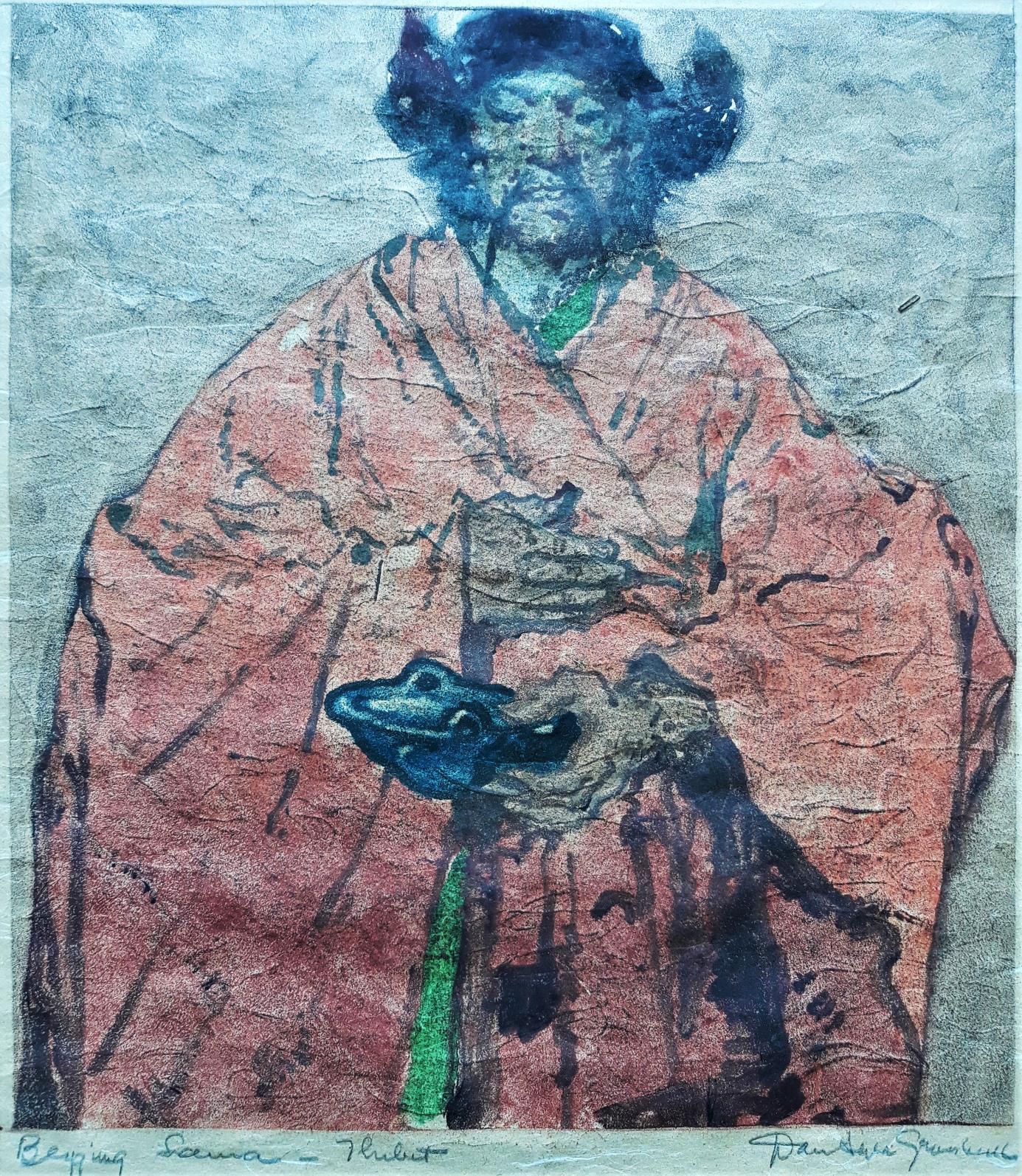

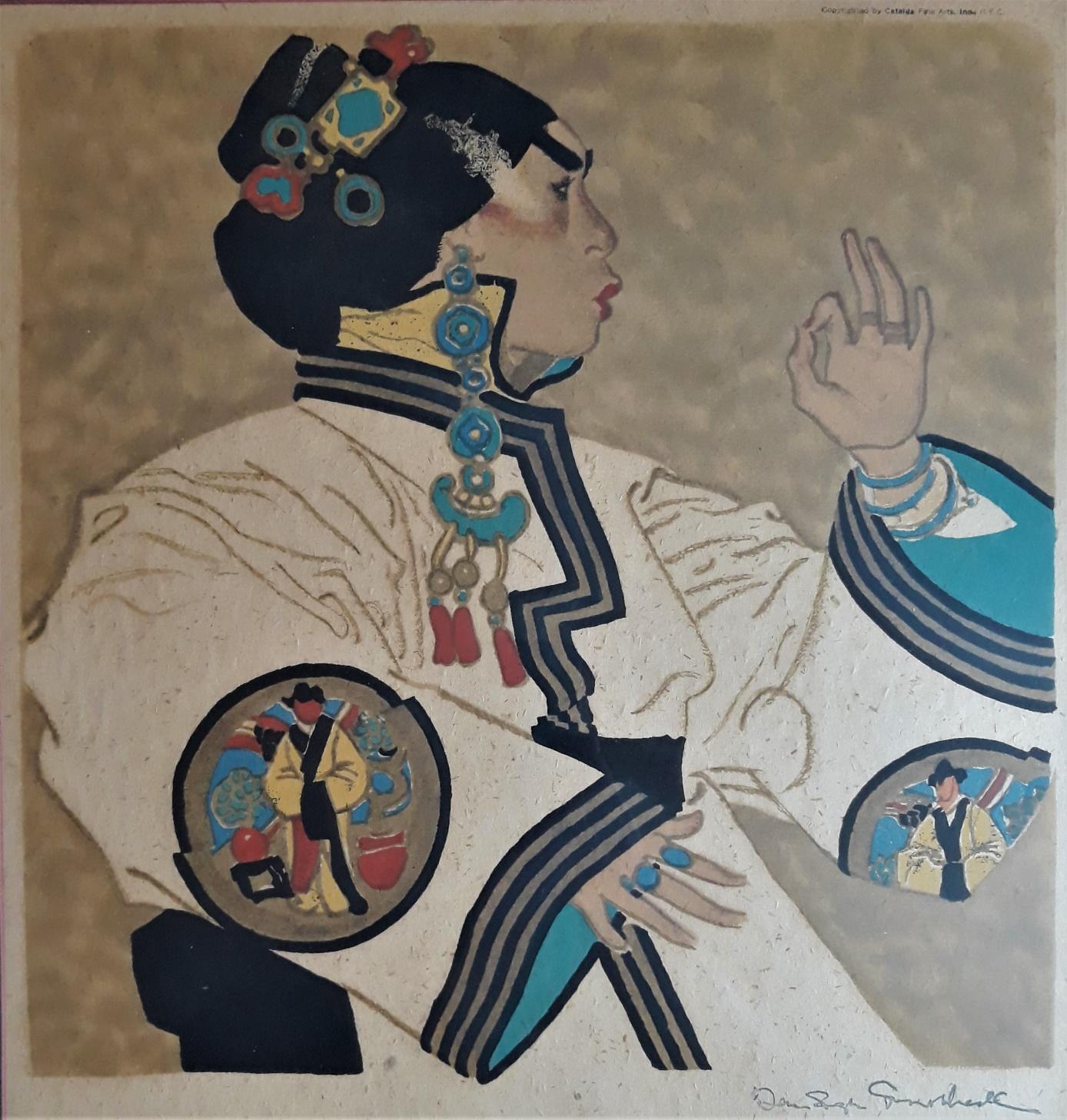
HENRI GERVÈSE (1880-1959)
Real name Charles Millot, Henri Gervèse was both a naval officer and a painter. A graduate of the Naval Academy, he served for many years in China, notably as Commander of the gunboat Doudart de Lagrée which surveyed the Yang Zi Jiang between Shanghai and Chong Qing on the eve of the First World War. Officially painter of the Navy, he built a work of very varied and picturesque watercolours and lithographs where alternated seascapes, portraits, landscapes, cartoons, postcards. It offers us an original vision of the Far East, sometimes close to comics.
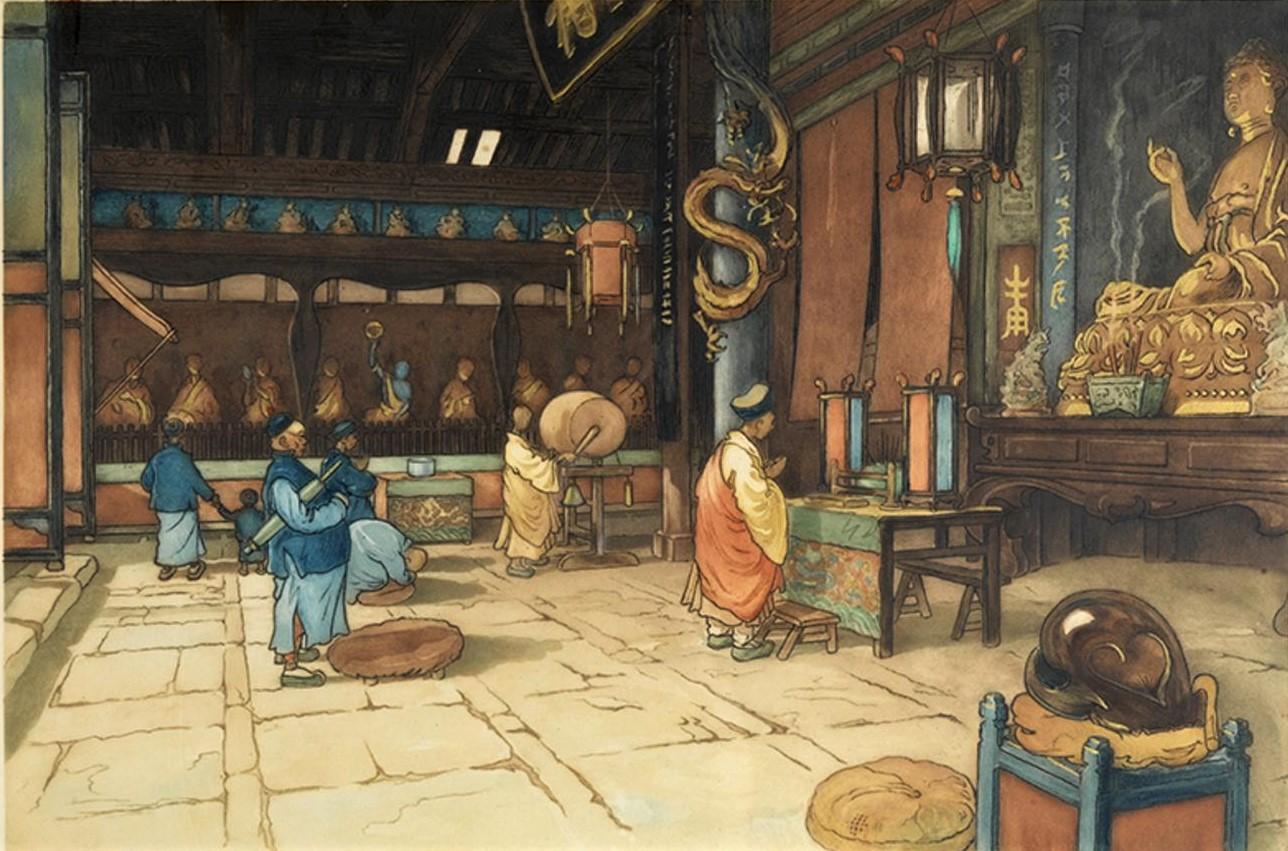
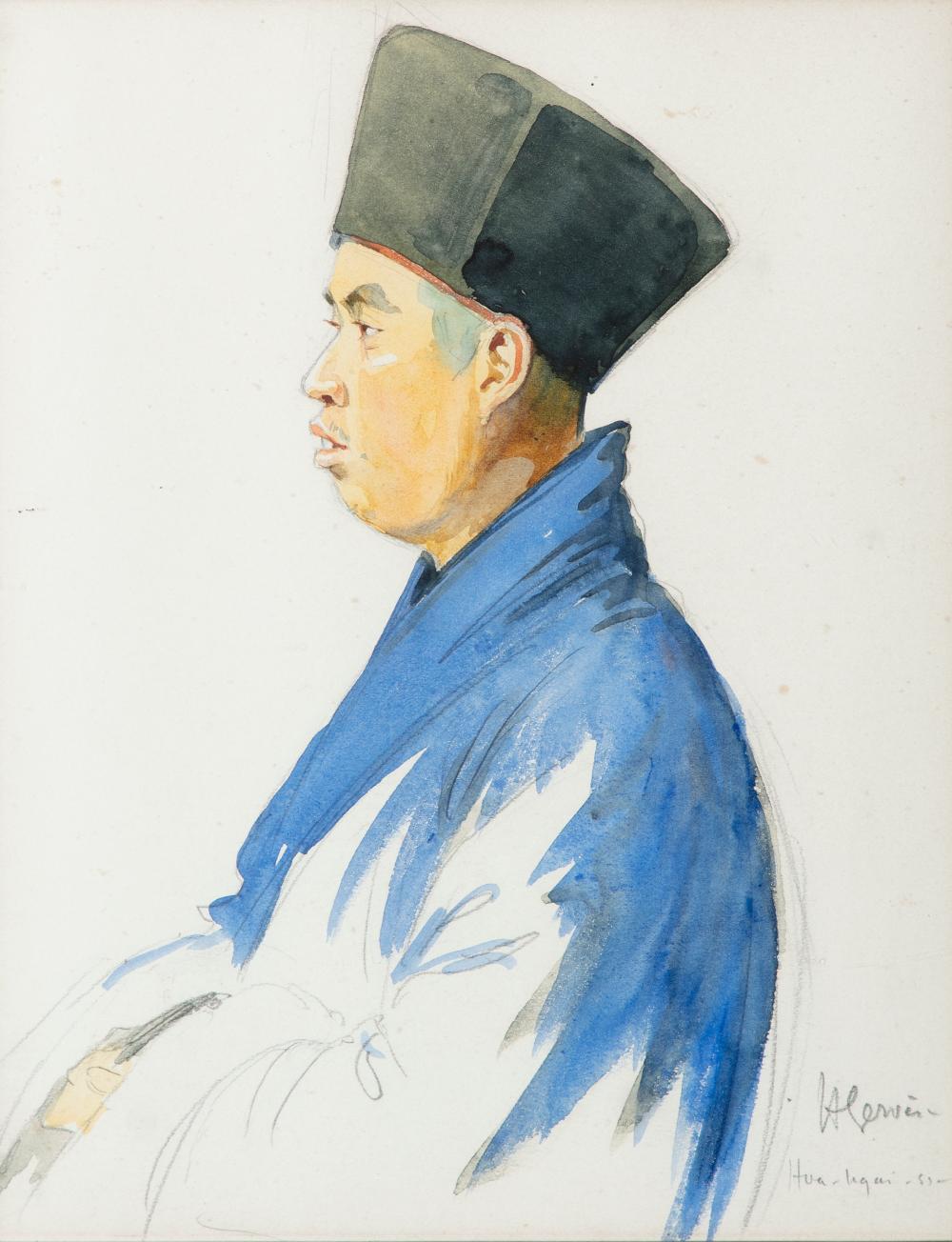
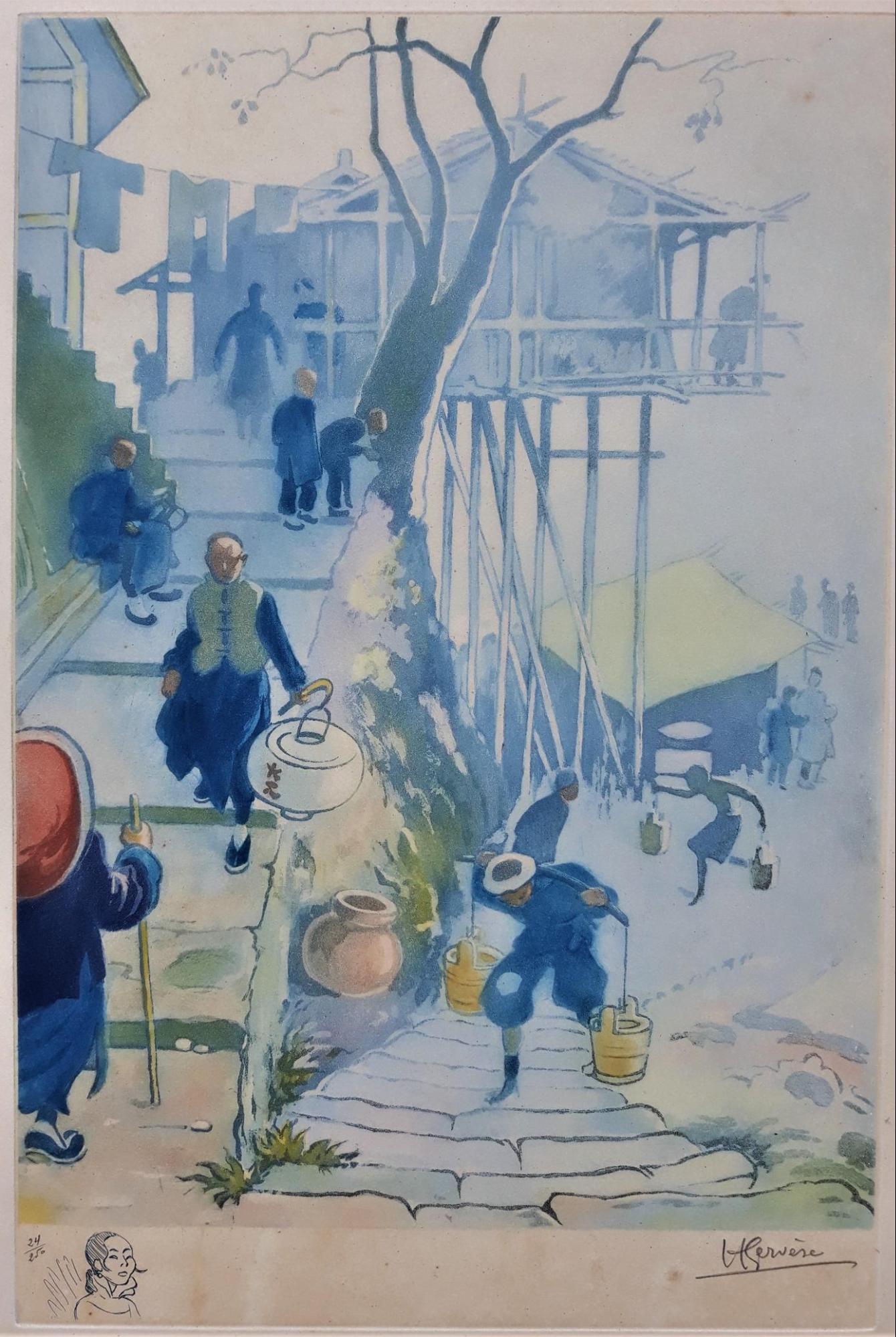
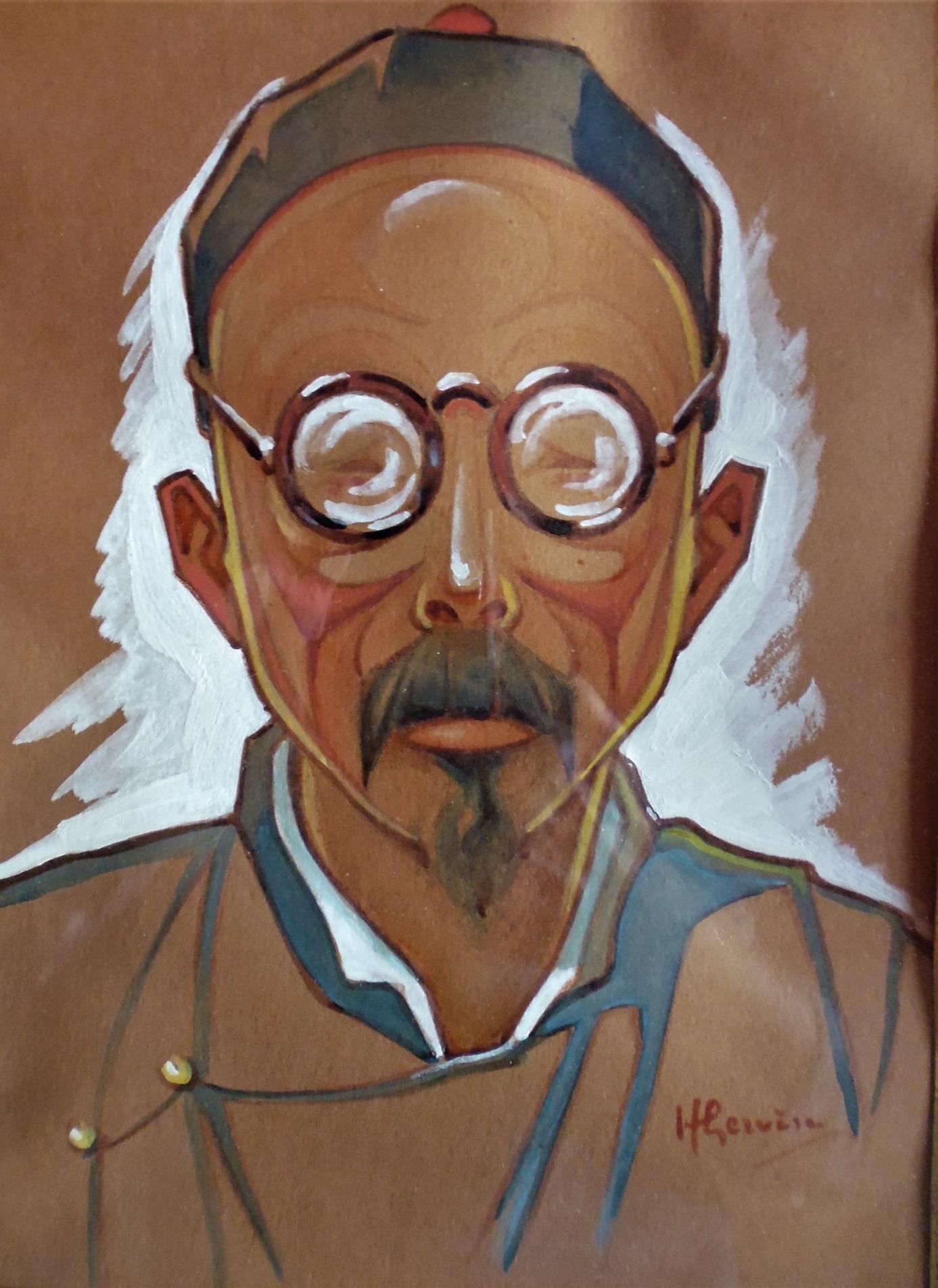
ERNEST STEPHEN LUMSDEN (1883-1948)
British, Ernest Lumsden was a pupil of Frank Morley Fletcher (1866-1949) who was one of those who introduced Japanese wood engraving to England. He also studied at the Académie Julian in Paris. His work includes around 350 engravings, a certain number of which are the result of his travels in India, Japan, Korea and China (there are only 6 in the latter country). Note that Lumsden engraved and printed his creations himself. He was the husband of Mabel Allington Royds, herself a well-known artist.
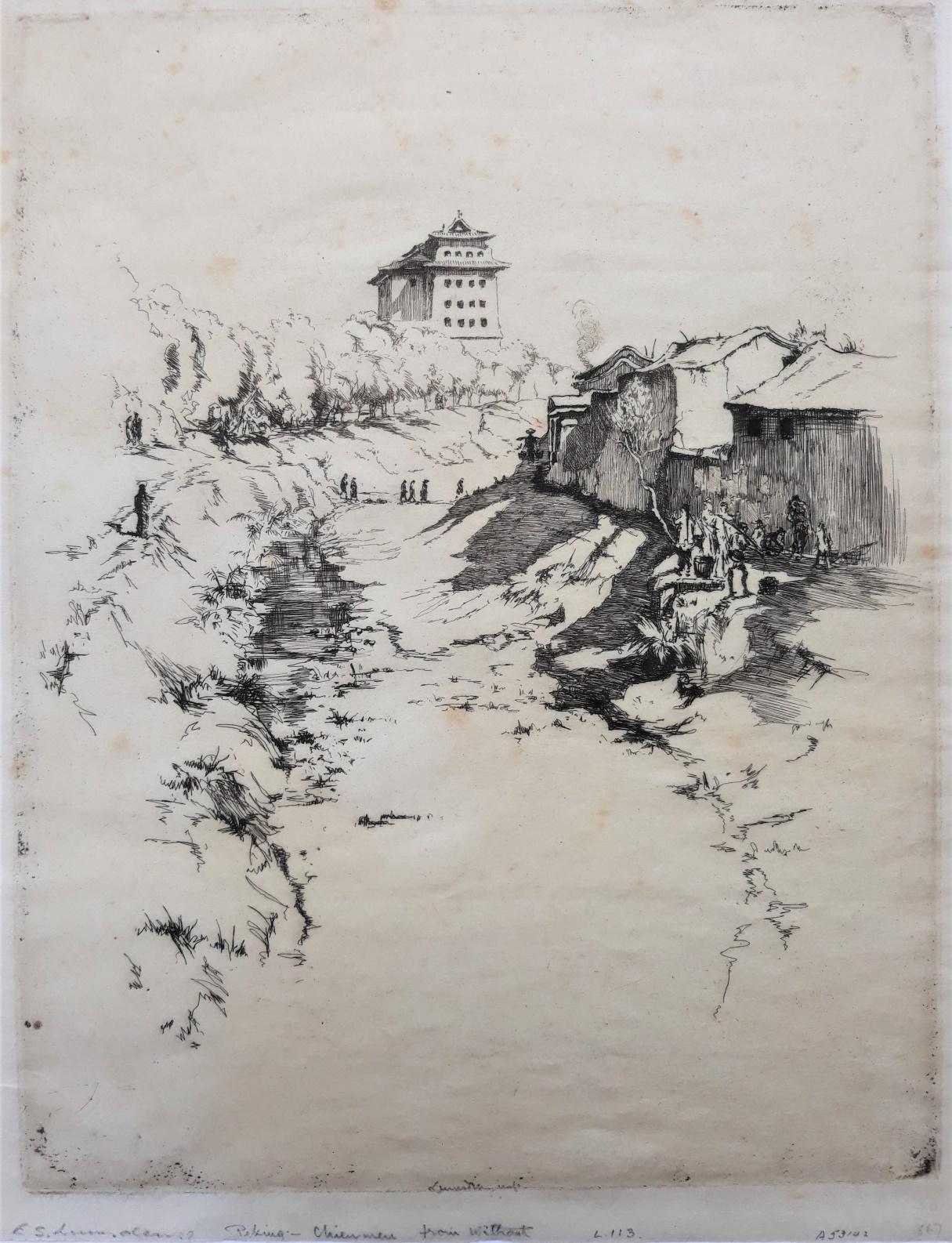

MAX POLLACK (1886-1970)
Born in Prague, Max Pollack spent the first half of his life in Vienna before emigrating to the United States in 1927. There he pursued an active career as a draftsman with numerous awards. Living in San Francisco, like many local artists he suffered the attraction of Chinatown and thus produced several portraits, in the tradition of John Winkler or Frederick Robbins.
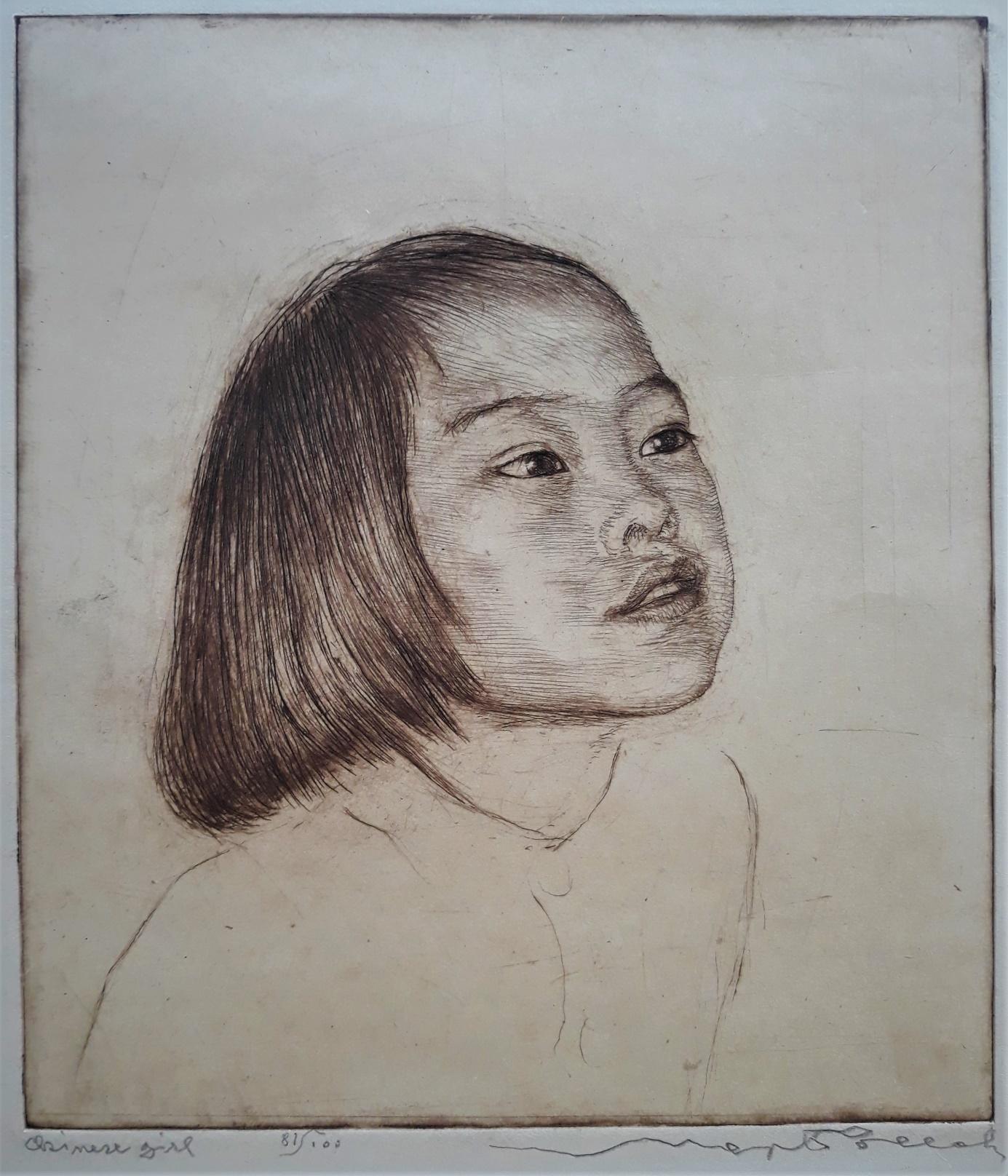
FREDERICK GOODRICH ROBBINS (1893-1974)
Frederick Robbins is one of those painters who lived in San Francisco at the beginning of the 20th century and who liked to find sources of inspiration in Chinatown. However, he is only a simple fellow traveler of the Far Eastern school.
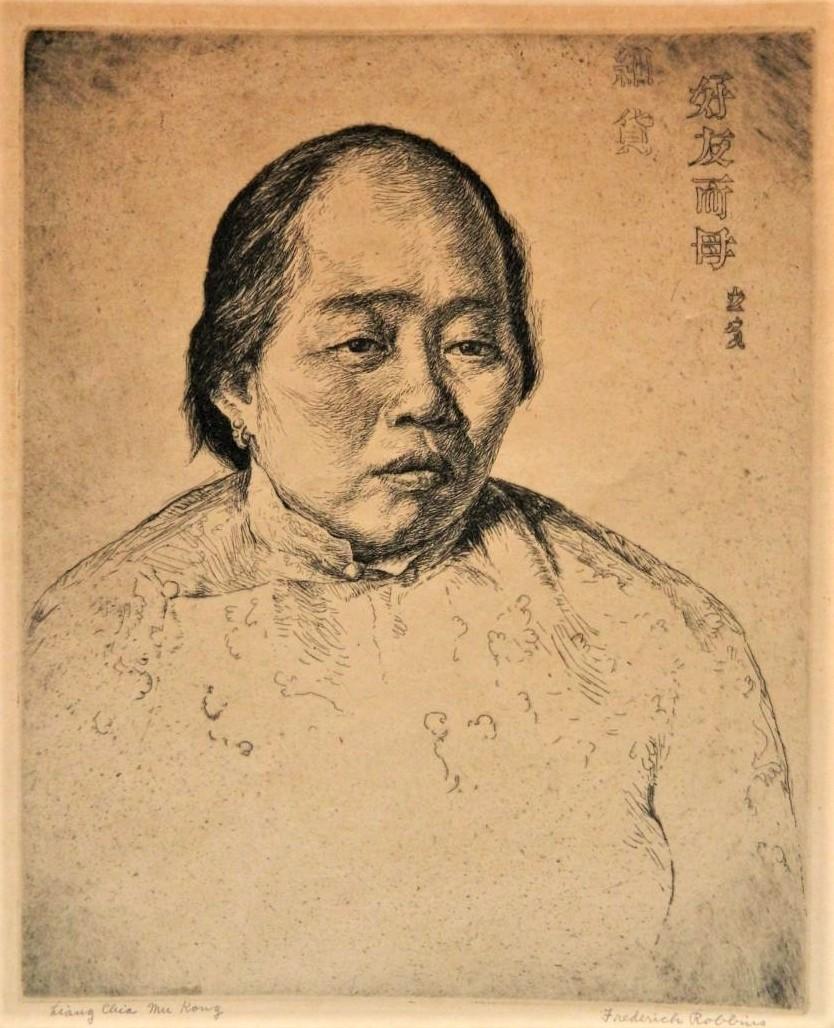
ERIC GORDON MACCOLL (1893-1976)
E.G. MacColl had a Scottish father and a Burmese princess mother and he spent his entire life in Burma. After serving in the British troops, he devoted himself entirely to drawing and engraving landscapes and portraits of Burmese society, leading a life of austerity and poverty, totally assimilated to his host country. We know almost nothing about him but his works are reminiscent of Thomas Handforth or Willy Seiler. His drawings were sold to the British soldiers on site and fixed on fragile paper. They remain numerous enough to reveal an undeniable talent as an illustrator and a strong sensitivity born of the love he has for the people whose fate he has chosen to share.
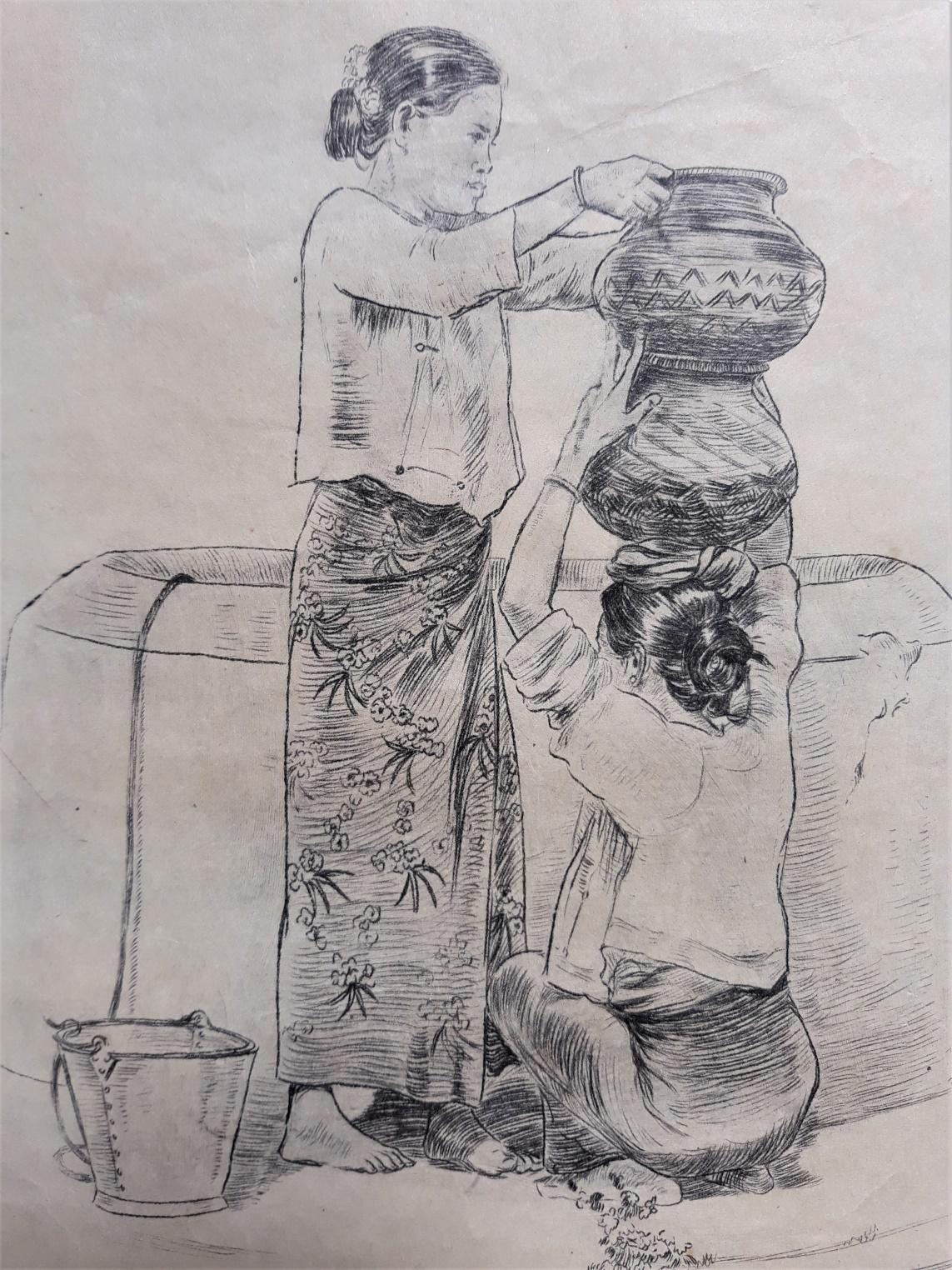
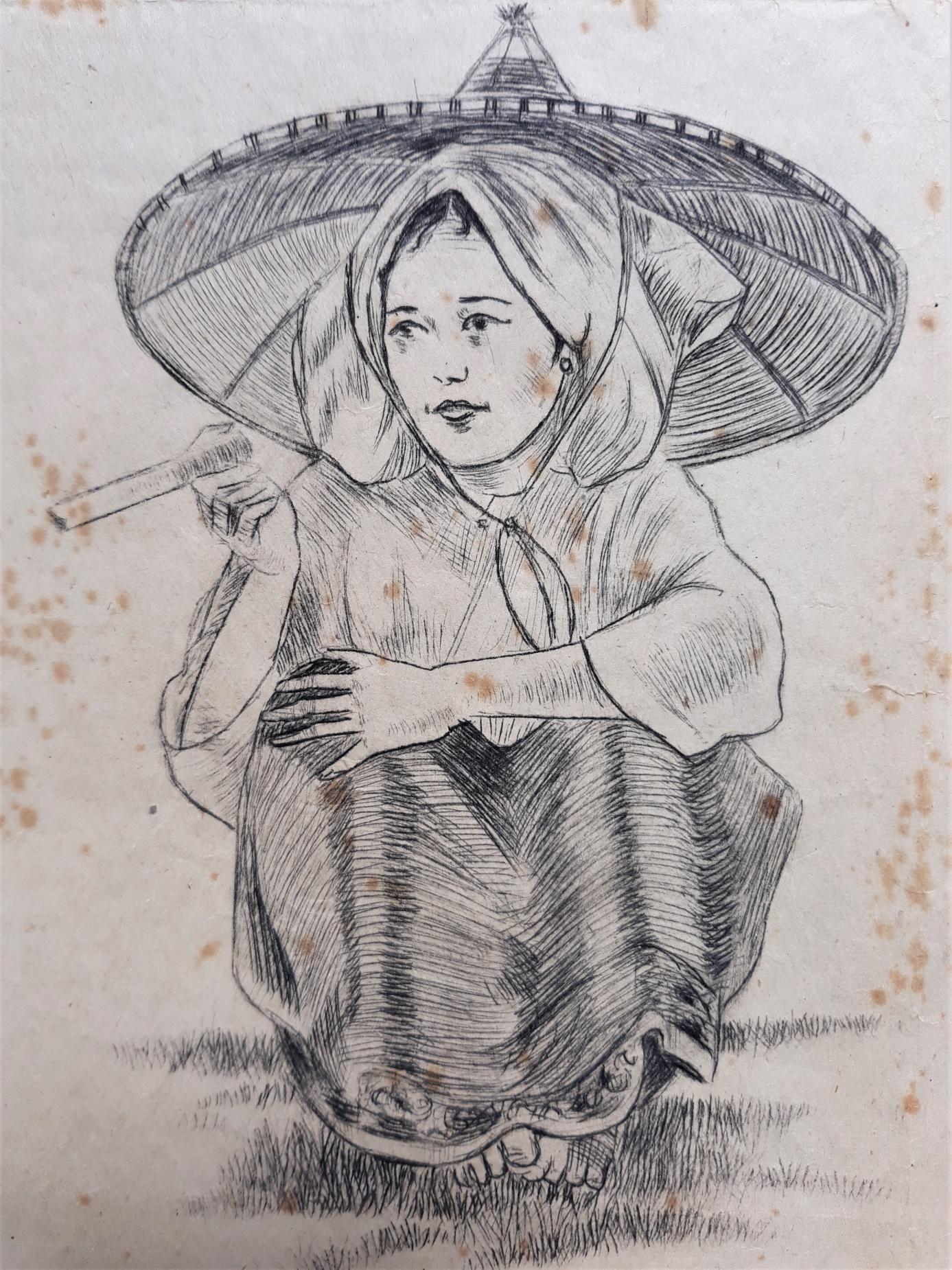

ALIX AYMÉ (1894-1989)
Pupil of the famous painter Maurice Denis, Alix Aymé is undoubtedly one of the most brilliant artists of the Far Eastern school while having founded a body of work that goes beyond the scope of this study. She lived in Indochina and China between the two wars and her art was deeply marked by Asia. Professor of drawing at the French high school in Hanoi, in charge of the preparation of the Colonial Exhibition of 1931, professor at the School of Fine Arts of Indochina, she has belonged more to the group of painters specializing in Indochina like André Maire, Joseph Inguimberty, Victor Tardieu or Jean Bouchaud. However, she had in common with the Far Eastern movement the permanent search for local techniques of pictorial expression such as black ink, tempera or painting on silk. It is however for having revived the art of lacquer that she is today recognized as one of the most celebrated painters of Asian art. Not having been able to acquire these treasures, I strongly invite those interested to discover her works on the internet.
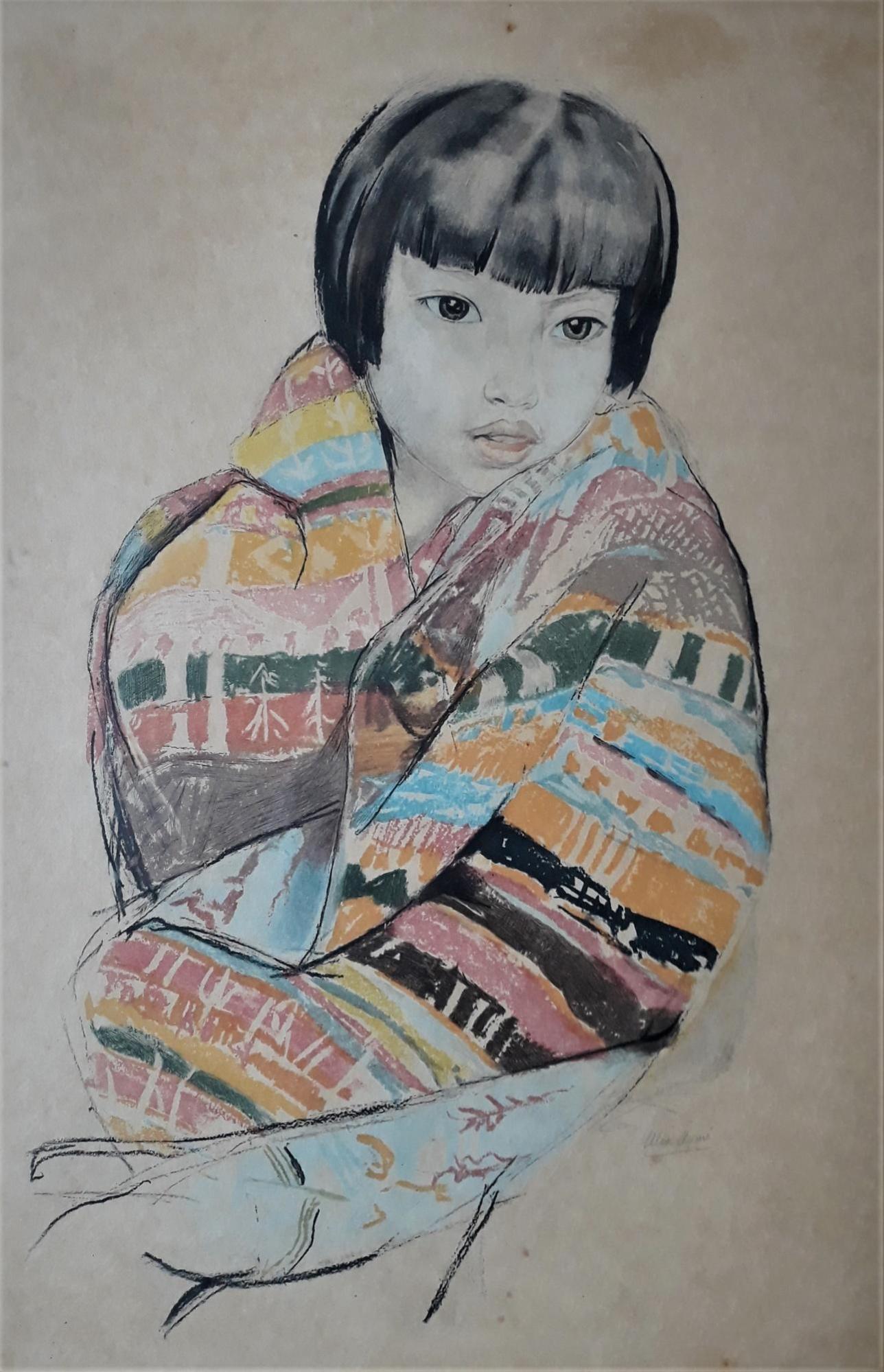
RENÉE JULLIEN (1903-1999)
Renée Jullien, trained at the Beaux-Arts in Paris, was the first woman to be distinguished in 1923 at the Prix de Rome competition. Known for her Provencal or Spanish paintings, she is not really part of the Far Eastern school. However, she spent a long time in China, in Yunnan, and brought back beautiful drawings and paintings as well as the material for two books, Histoires d'Asie and, under the name of Renée Jullien-Hellet, Yun-Nan-Fou, la ville des nuages (1937), magnificently illustrated, whose preface was written by Albert Bodard, former Consul General in Yunnan and Sichuan (his son Lucien Bodard, prolific writer, recounted his father's adventures and described China at the time in his famous books Le Consul and Le fils du Consul).
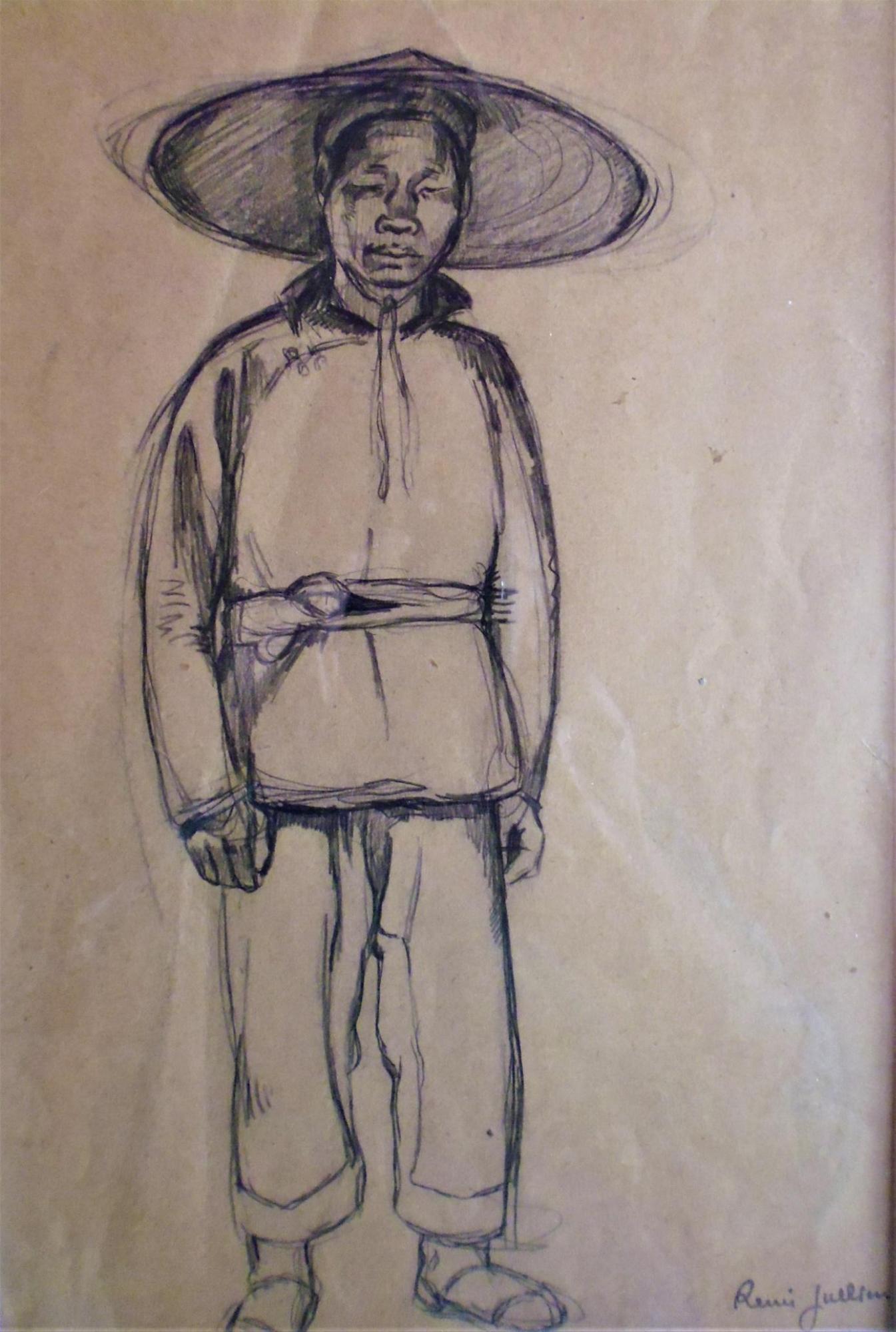
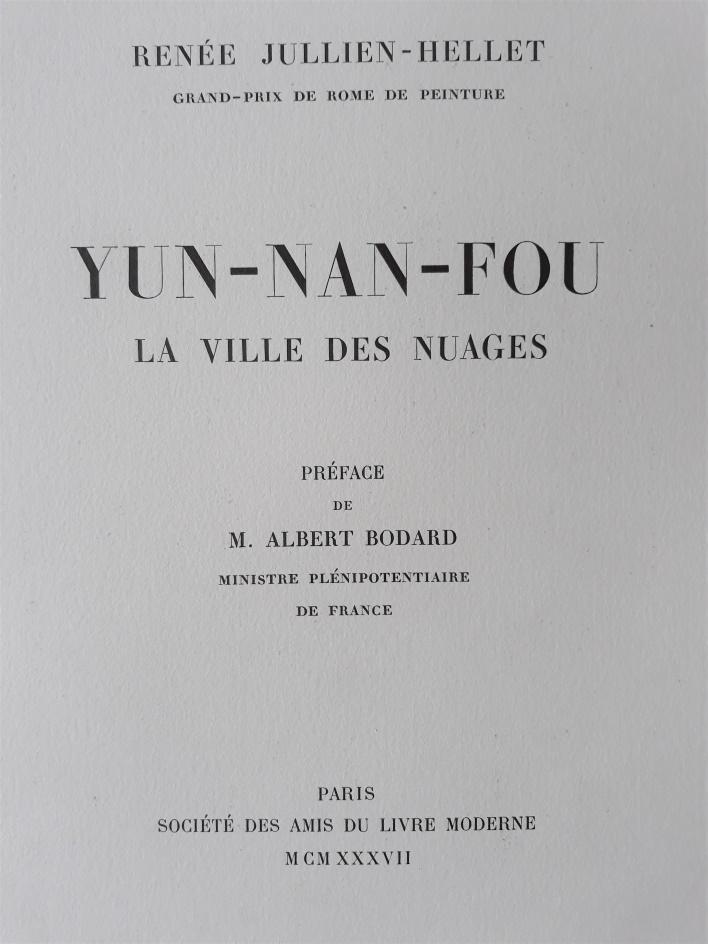
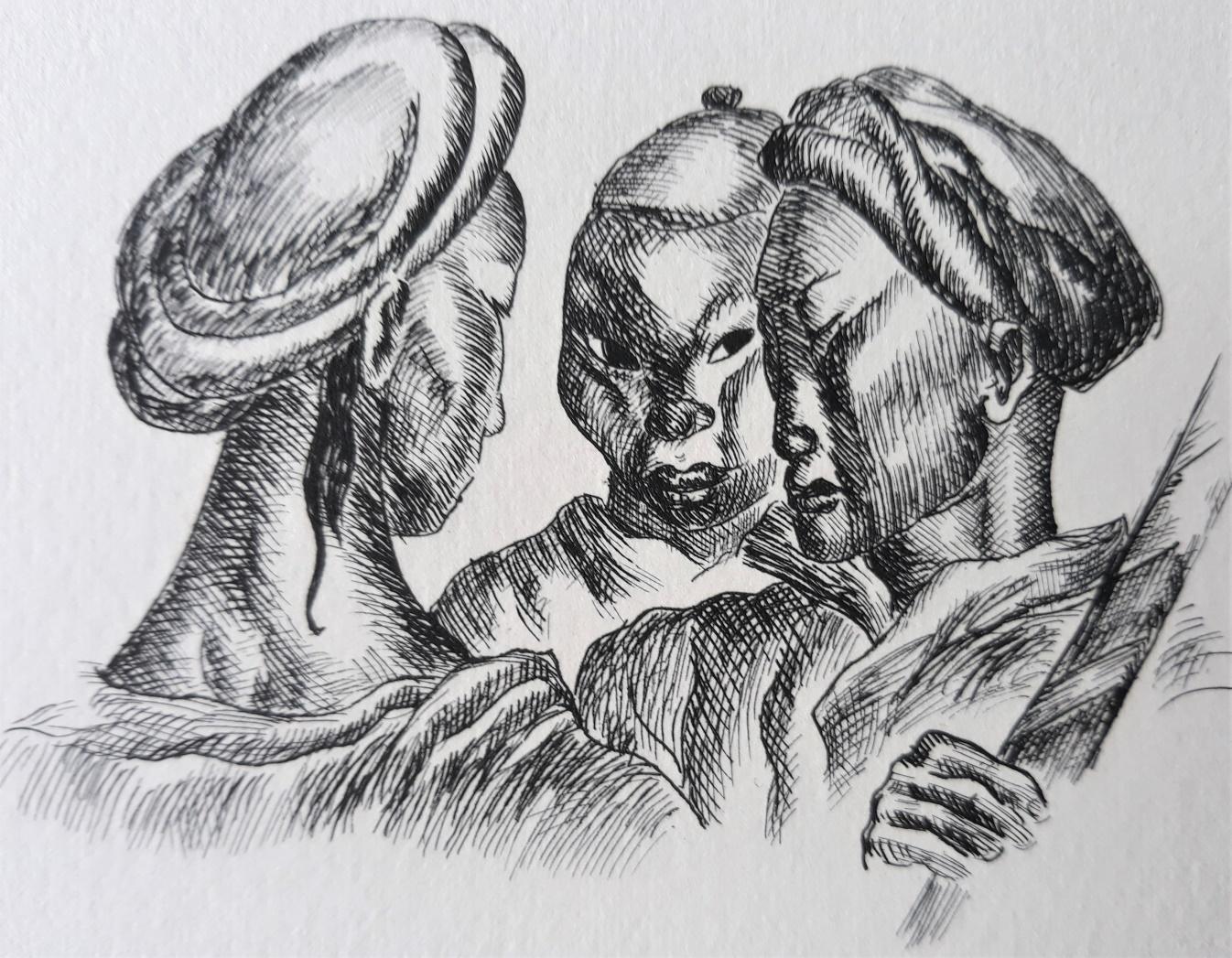

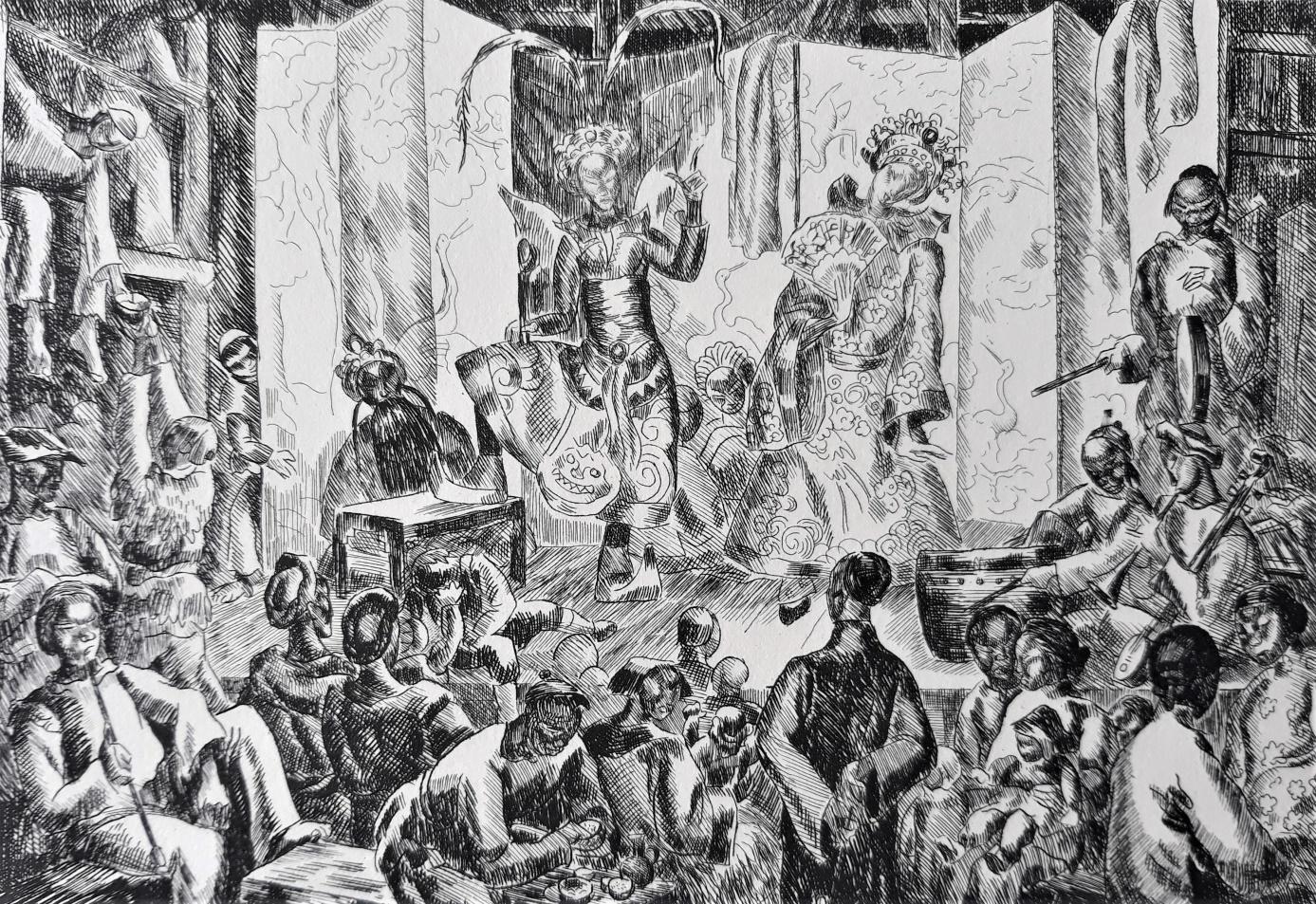
GENEVIÈVE COUTEAU (1924-2013)
Geneviève Couteau figures here more as an heiress than as an actress of the Far Eastern movement. Painter, draftsman, theater decorator, she also expressed herself through engraving and made several stays in Asia, notably in Laos and Indonesia. Close to Prince Souvanna Phouma, she made several portraits of members of the Laotian royal family, living from 1968 in Vientiane and Luang-Prabang. In 1972, at the invitation of Prince Boun Om, she moved to the south of the country and lived, while painting it, the last years of a country with secular traditions but upset by the war in Indochina. She then lived in Bali and brought back very personal paintings and drawings that place her in the tradition of feminist painters of the movement. She is also the author of the book Mémoires du Laos, Editions Seghers, Paris 1988, as well as Itinéraire, edition La Dogana, 2000. An exhibition of her Asian works was organized in Jakarta in 2018.
